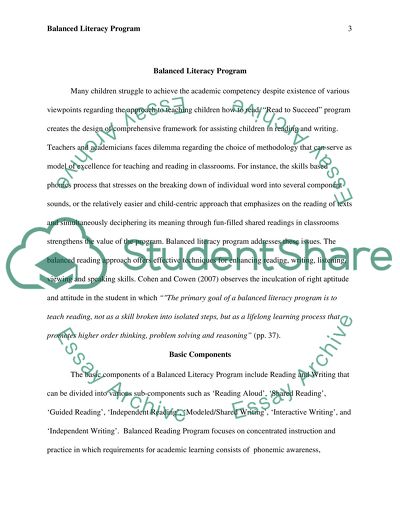Cite this document
(Balanced Literacy Program for Second Grade Assignment, n.d.)
Balanced Literacy Program for Second Grade Assignment. Retrieved from https://studentshare.org/education/1565996-balanced-reading-program-part-3
Balanced Literacy Program for Second Grade Assignment. Retrieved from https://studentshare.org/education/1565996-balanced-reading-program-part-3
(Balanced Literacy Program for Second Grade Assignment)
Balanced Literacy Program for Second Grade Assignment. https://studentshare.org/education/1565996-balanced-reading-program-part-3.
Balanced Literacy Program for Second Grade Assignment. https://studentshare.org/education/1565996-balanced-reading-program-part-3.
“Balanced Literacy Program for Second Grade Assignment”, n.d. https://studentshare.org/education/1565996-balanced-reading-program-part-3.


